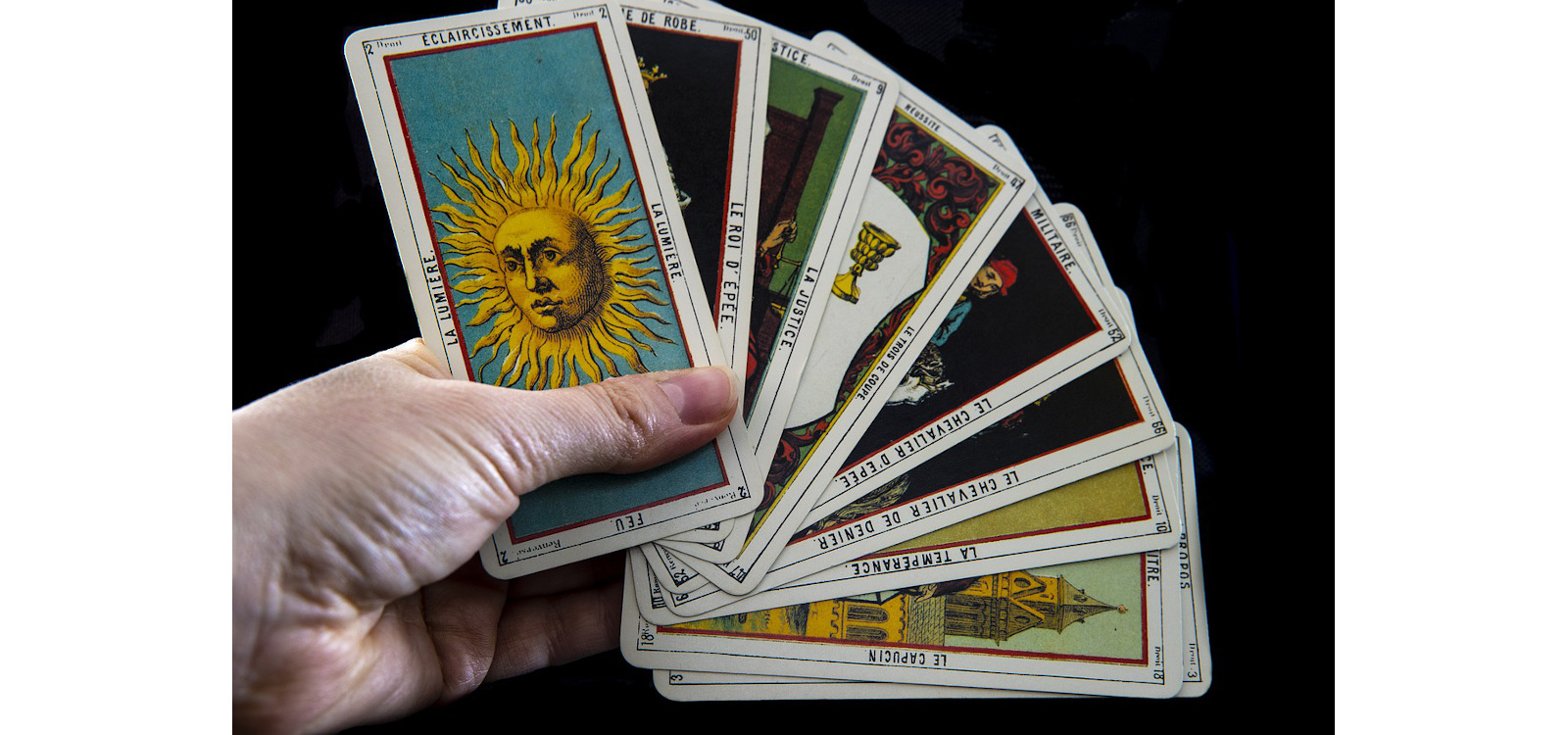

If you print too fast, you can run into issues like poor layer adhesion and warped prints. If you print too slow, your print times will become way too long to tolerate, and the longer print increases the chances of things going wrong. Print speed is another one of those settings that are incredibly crucial for successful 3D prints and dialing it in correctly will help you consistently produce good prints. What print speed do you need for 3D printed miniatures?

Two things you can do if you use Cura to make working with supports easier is to use tree supports instead of regular supports and to use the Custom Supports plugin to let you place supports only where you want them instead of having Cura fill up the whole model with supports. This is fine for a single model, but for a tabletop game that may require hundreds of models, you’re looking at a lot of work! They can be difficult to remove, and even after removing them, you may be left with little bits and pieces that don’t come off quite as easily, leaving you with a lot of sanding and post-processing to do. Supports are a double-edged sword, though. The wings would probably collapse mid-print, or they may end up getting printed in mid-air and you’d be left with a stringy mess! If you wanted to print a model with spread out wings, the wings would not have anything to print on. Not all miniatures need supports, but models with significant overhangs will print better with supports than without supports. The next setting you want to tweak is supports.

The easiest way to use adaptive layer heights is to use an advanced slicer like Simplif圓D.

You can fix this by adding more top layers or increasing the layer height for the top layers. Models that have flat tops may end up with gaps if your layer height is too small and there are not enough top layers. Small layer heights take far longer to print than larger ones, so in cases where you don’t need too much detail like terrain or vegetation, you can use larger layer heights to churn those parts out quickly.Īlso, if you try a layer height that is too small for your printer to handle, your prints can fail altogether, so you need to experiment and see which works best.Īdvanced users can experiment with multiple layer heights in a single model.įor example, you can do larger layers for the base of the model, and switch to smaller layers for more detailed parts like weapons and faces.įinally, the top layer is something that is often overlooked. The main drawback of using small layer heights is the extended print times. This is usually a layer height of 0.1 mm for most budget 3D printers.įor best results, determine your 3D printer’s magic numbers and use a layer height accordingly, so your layer lines are aligned with your printer’s Z-steps. For figures and characters, you may wish to go as low as your printer can physically manage. To get the right layer height for your miniatures, you need to first decide what you’re going to use them for. What’s the ideal layer height for a miniature? Layers determine how detailed your model is, and especially when dealing with small models around 28 mm or so in height, layer height will really play a big role in the end result. The most important setting when it comes to 3D printing miniatures is the layer height.
#How to make my printer print better how to#
How to 3D print miniatures: get your layers right With the right tweaks and settings, FDM printers can also make pretty respectable miniatures. Generally speaking, resin printers are more superior to FDM printers at making miniatures, but resin printers can be expensive and require extensive post-processing. This tutorial will help you turn your 3D printer into a miniature factory! If you’re looking to 3D print miniatures for your tabletop gaming, you’ve come to the right place. 3D printers are a great way to improve your other hobbies – that’s why they go hand in hand with things like radio control and tabletop games like Warhammer and Dungeons and Dragons.


 0 kommentar(er)
0 kommentar(er)
